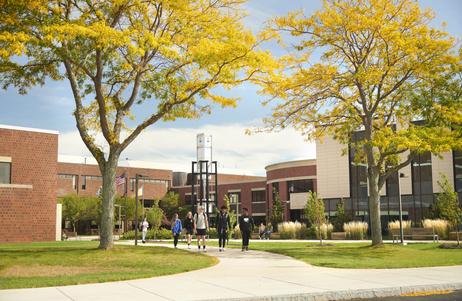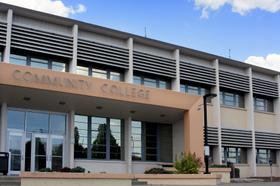Land One of the Fastest Growing Jobs with a Community College Degree
For decades, community colleges have provided students with affordable access to higher education and job training. In 2025, these institutions will remain one of the most practical pathways to careers in fields projected to expand rapidly over the next decade. With the rising cost of four-year universities and a shifting labor market that increasingly values skills over pedigree, a community college degree can open doors to some of the fastest-growing jobs in America.
Why Community Colleges Matter More in 2025
Community colleges have experienced a resurgence. According to the League for Innovation in the Community College, credentials awarded at two-year schools rose more than 10% between 2023 and 2024, and enrollment growth has outpaced other sectors of higher education. Students are responding to both affordability and alignment with the workforce.
Affordability: The average in-state tuition at a public two-year college in 2025 is about $5,099 per year, while out-of-state students pay about $8,784. In some districts, costs are dramatically lower. For example, California’s in-district students average just $1,440 annually (Community College Review). Compared to the $11,260 average for public four-year in-state tuition, the savings are substantial.
Return on investment: Students increasingly view college as an investment decision. Certificates and associate degrees aligned with high-growth fields offer a faster, less expensive route to stable employment.





















